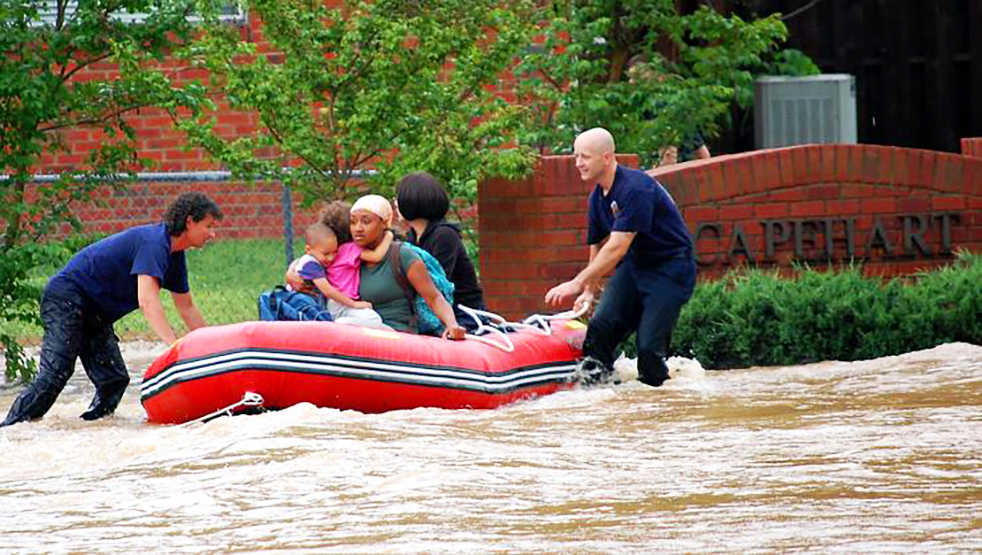In a paper released earlier this year at the 2nd International Workshop on Social Sensing, Tech researchers from the Embedded Pervasive Lab proposed how to improve communications through taking advantage of fog computing, a new computing paradigm that brings the power of cloud computing closer to ground.
Fog computing, which is also known as edge computing, is a layer of computation where devices locally communicate with other devices to solve asynchronous, distributed problems.
The Embedded Pervasive Lab, led by principal investigator Kishore Ramachandran, developed an architecture and application programming interface that allowed for the modeling of various fog computing applications.
One of the immediate applications of their work was an answer to the question of how to find and determine the status of people who are stranded in natural disasters or other crises when those people are not connected to the cloud. Natural disaster response has already been dramatically altered by the advent of social media, but services like Facebook and Google are rendered useless without internet connections.
However, one important advantage of a fog system is that messages can be distributed between a broad network of computers through temporary ad hoc connections, even without live internet connections.
The geo-distributed network of fog nodes, which could be phones, tablets or any device part of the Internet of Things, could generate communication channels in areas where there were none before, allowing the creation of population density maps in flooded areas.
Another application would allow users to check the fog network to see if their family members are safe after a crisis event.
The local data ecosystems that fog computing enables also allow a variety of “social sensing” services to be created that stretch even beyond natural disaster response services.
In one system, designed for underdeveloped communities that rely on public transportation but have intermittent internet connection, data from passengers phones can be submitted to a bus that can later upload data and interact with the cloud once it reaches an area where Internet is available.
The researchers note there are challenges in maintaining the resources and infrastructure for social sensing in a fog computing system, especially when nodes are mobile and might not cross paths regularly enough to distribute data.
